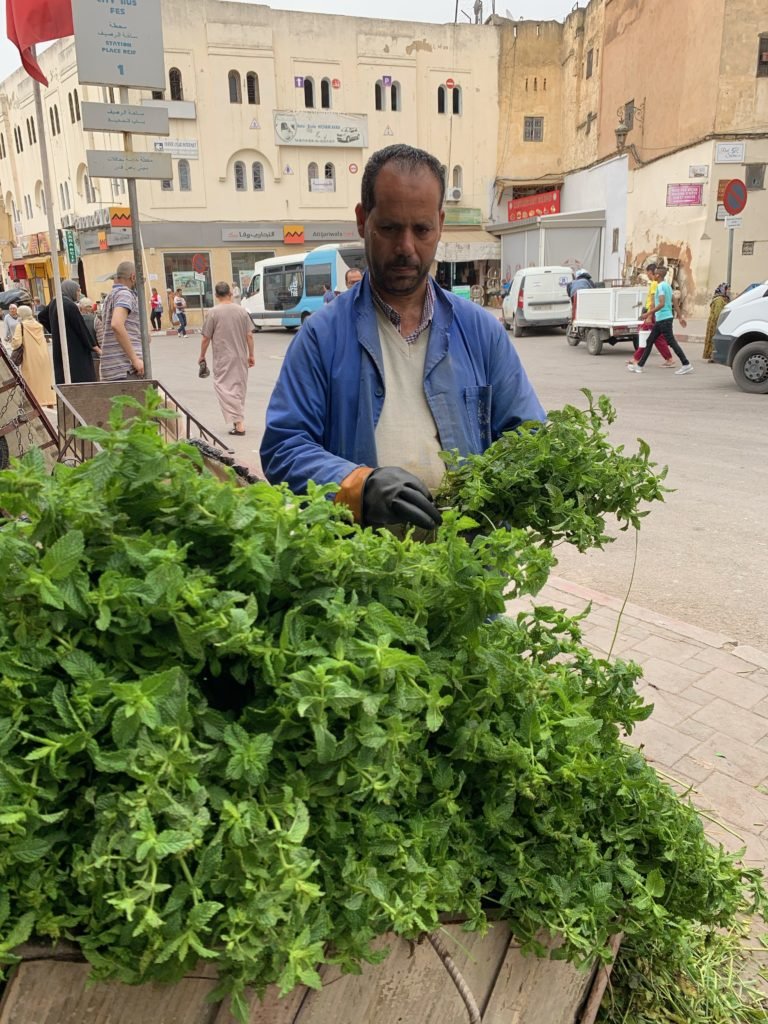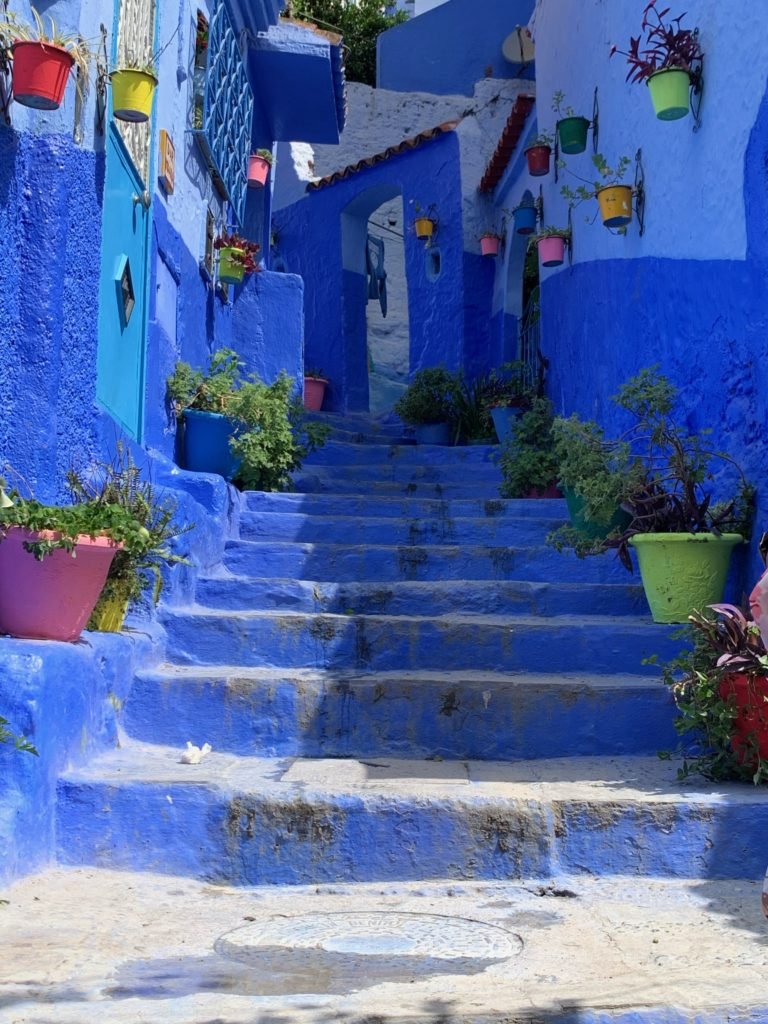Morocco
Rooted in tradition yet strongly drawn to the modern world, Morocco is a land of tolerance, a blend of cultures & religion, and known for its amazing hospitality. Over the centuries, its African, European and Middle Eastern roots have become deeply intertwined, resulting in a fascinating mix of history, art, food, music & architecture, making Morocco an unforgettable destination.
I recently returned from a ten day trip exploring Morocco; from Casablanca to Fes to Tangier and Chefchaouen, then to Marrakech and the Agafay desert. Our small group of travel advisors covered a lot of ground, far more than I would recommend anyone doing in ten days, but it allowed me to see a fair amount of the country and figure out where I would want to return. On a map, the country looks like a reasonable size, however, many of our destinations took several hours of driving, on winding roads, so planning a trip to Morocco requires setting realistic goals!
Morocco blew me away with the food, culture, colours, intricate doorways and hospitality. Let's start with the food!
The most common dish we were served was tagine, a delicious slow-cooked stew typically involving meat and a fruit combination. If you are familiar with The Silver Palate Cookbook and you have had Chicken Marbella, you have a general idea of what it's like. The tagine serving dish is beautiful and lifting the lid to reveal your dinner is an art form!
Every meal starts with Moroccan salad which involved numerous small plates with carrots, eggplant, potatoes, cucumbers...all dressed with an interesting combination of cumin and cinnamon. The salad would have been a perfectly sufficient meal but there was always more!
And then there is the mint tea! Hot, very sweet and surprisingly refreshing, we were offered mint tea countless times. I heard numerous explanations regarding the height the tea is poured from - from mixing the ingredients to showing respect to the tea drinker. Regardless of the reason, it was fun to see how high each person could reach to pour tea and I couldn't stop myself from jumping up from my meal to take another photo of mint tea being poured!
Traditional Moroccan architecture is like a jewelry box, where an often plain exterior hides fabulous riches within. Before the days of air-conditioning, Moroccan buildings were constructed to withstand intense heat. The riad (similar to a townhouse) consists of an open central courtyard to aid ventilation and the thick, windowless exterior walls keep the heat out. Many hotels are in traditional riads with a pool in the central courtyard, we visited Riad Maison Bleue in Fes, an excellent example of one, and enjoyed drinks in the restaurant overlooking the pool.
Fes is home to the most significant historic medina in Morocco. A medina is a densely packed, walled city, laced with twisting alleys, narrow passageways and vendors. The Fes medina is a UNESCO World heritage site as it is the best-preserved medieval town in the Arab world.
a bird's eye view of the Fes medina
the leather tannery
colourful leather slippers
rug shopping in Fes
making copper pots in the Fes medina
the colours of the medina
fresh mint
We ate lunch in this restaurant in Fes. Our guide Kamal led us through a narrow maze, twisting and turning, and then stopped at a small non descript doorway where he knocked. When the door opened, we entered this beautiful riad and had lunch in the center courtyard. It felt magical!
The colours of Morocco were amazing. From the subtle pink of Marakkech to the intense blues of Chefchaouen - it was hard to put my camera down. We visited the town of Chefchaouen in the Rif Mountains in northern Morocco, making the journey from our beach hotel on the Mediterranean. On the map it looked close, however, it ended up being a two hour drive on very winding roads. Chefchaouen is on many travelers check list but it is not on the usual tourist route so requires a real commitment to get there.
the RIF mountains
Chefchaouen really is this blue, various shades and hues, some of it peeling, but blue!
steps in Chefchaouen
people watching in Chefchaouen
more people watching
Numerous explanations can be found to explain the blue colour. One popular theory is that the town had an influx of Jews fleeing the Spanish Inquistion in 1492 and they brought with them a tradition of painting buildings blue to mirror the sky and remind them of God. But then I also heard the blue is to keep mosquitos away and to symbolize the Mediterranean sea so who knows!
I was fascinated by the intricate tile designs and elaborate archways found everywhere. They soften the edges and frame a picture beautifully.
the entrance to the famous coffee shop in Marrakech, Dar El Bacha
From Marrakech we drove an hour to arrive at the Agafay Desert. This is an accessible way to see a desert without making the long trek to the Sahara, though that's on my list for my next trip to Morocco.
We arrived in time for a sunset camel ride with three young men displaying incredible patience and understanding of their animals and the novice camel riders!
I was excited to ride a camel, mainly for the photo opportunity and to be able to brag about it to my granddaughters.
The light is particularly magical in Morocco, as evidenced by the shadows and this sunset. Despite the amount I saw of Morocco, I left feeling like I had barely scratched the surface. With non-stop flights from JFK to Casablanca, it was a relatively easy flight that I plan to make again!

































